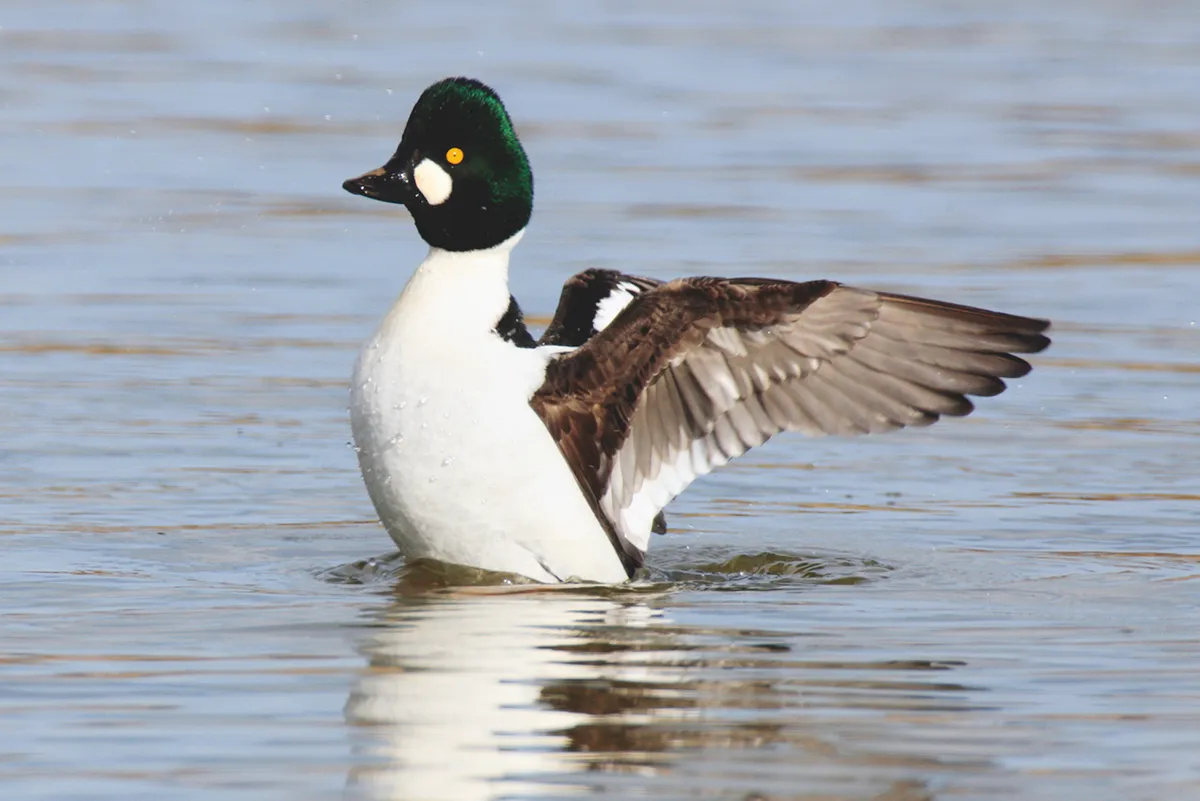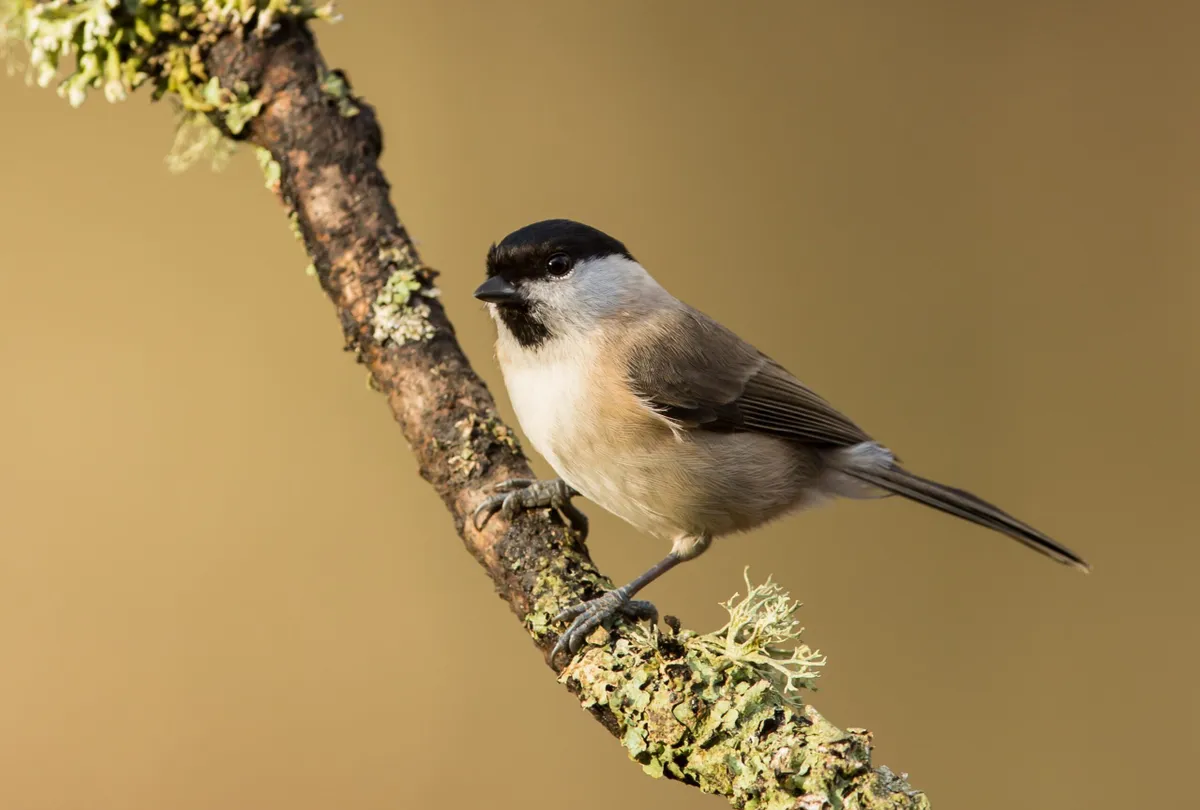There are seven different types of tit species in Britain, most of which are familiar visitors to parks, gardens and birdfeeders, though a few are rarer.
Tits are resident to the UK, meaning they can be seen all year round. In winter, several species may flock together to find food, making it a great time to spot these small birds, but they can also be seen in good numbers in spring, summer and autumn.
Find out more about the song of each tit species, as well as characteristics and behaviour with our guide to Britain's seven tit species, including the blue tit, marsh tit, coal tit, great tit, crested tit, long-tailed tit and willow tit.
Marsh tit or willow tit? What's the difference?
Want to know more about Britain's birds? Why not check out our guide to garden birds, Britain's most common seabirds or how to identify Britain's birds of prey?

What are tits?
Tits are small birds often seen in the countryside and in our gardens. Most species of tit are colourful with defined patterns and tails, and some even have crests. Tits can singularly but they also group together in small flocks, especially in winter.
Learn more about Britain's birdlife

How many types of tit are there in Britain?
Depending on where you look, the number tit species in the UK varies from six to eight – our guide looks at seven species.
Which types of tit visit my garden?
Generally speaking, there are four types of tit that frequently visit gardens in the UK. These include the great tit, blue tit, coal tit and long-tailed tit.

Different types of tit
Blue tit

Common and widespread, with blue cap and wing, green shoulders and a yellow breast.
Bold and agile, it is an acrobat on the feeder. Hear its trilling call on sunny days in January.
Coal tit

The smallest of the tits, with a white spot on the back of its neck. A shy species, it prefers conifers but will use garden nestboxes and make swift forays to the feeders. www.rspb.org.uk/coal-tit
Great tit

The largest of the tits has a black vertical stripe down its yellow belly. A garden regular, it has a wide array of songs but its “tea-cher, tea-cher, tea-cher” call signals spring is coming.
Crested tit

A beautiful bird with sharply erect crest and white cheeks, confined to old Scots pine forests in the Highlands. It forages among pine needles for insects and rarely visits bird tables. Listen to their song.
Marsh tit

Poorly named as usually found in deciduous woodland or at the bird feeder. Widespread but growing scarce, it has a black cap and pink-buff colouring. Its call is like a tiny sneeze: “pitchou”!
The best food for feeding wild birds
Willow tit

Similar to the marsh tit but much rarer, with a wider head. Its song is very different, with warbling, high-pitched notes. It likes wet woodlands where it excavates its own nestholes.
Long-tailed tit

Foraging flocks resemble Christmas decorations. Long tails and high-pitched peeping and spluttering “tsirrup” calls. Found in deciduous woods and, increasingly, gardens.

